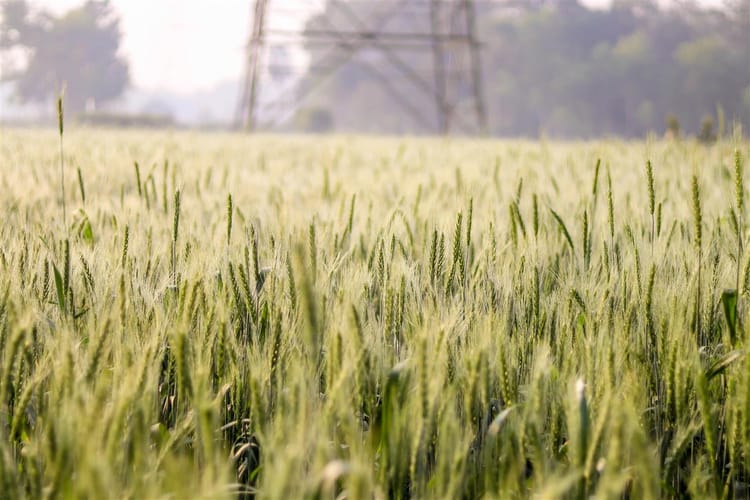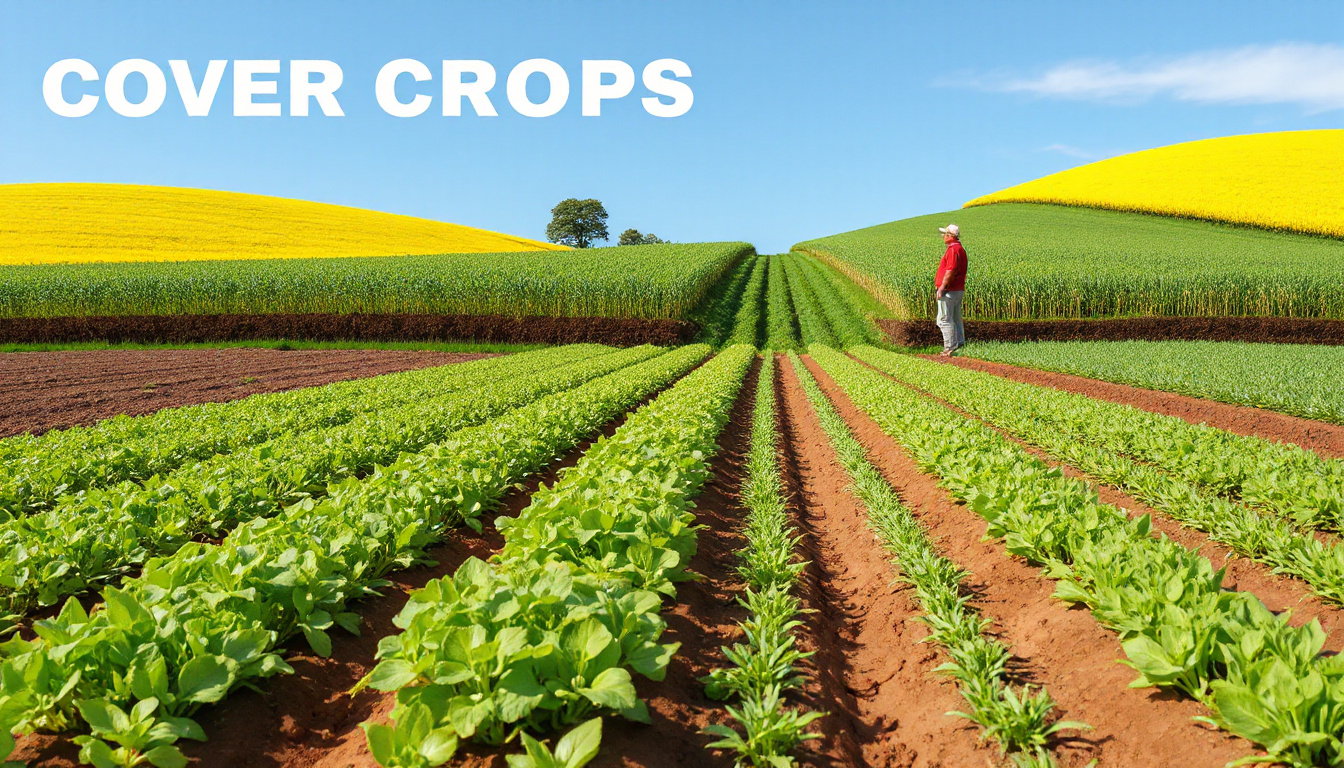Unlocking the Secrets of Cover Cropping: A Sustainable Solution for Thriving Soil and Bountiful Harvests

In modern agriculture, the significance of sustainable farming practices cannot be overstated. Among these practices, cover cropping stands out as a powerful tool for enhancing soil health and ensuring successful crop yields. Cover crops have long been an effective strategy for preventing soil erosion during winter months, but their benefits have expanded far beyond this traditional use.
The Evolution of Cover Cropping
As highlighted in discussions with experts like Rick Kersbergen from the University of Maine Cooperative Extension and farmer Bob Fogler from Stonyvale Farm, cover cropping is now viewed as a multifaceted approach to sustainable farming. Maine dairy farmers and others have incorporated various types of cover crops to promote better water management, enhance nutrient cycling, and establish effective weed control.
The standard winter cover crop, particularly winter rye, has been a staple for many years. However, farmers are now utilizing a diverse range of crops and methods to maximize the benefits gained from this practice, focusing heavily on long-term soil health.
Long-term Soil Health as a Primary Focus
Bob Fogler's approach to cover cropping emphasizes the importance of promoting long-term soil health. He notes that by introducing a mix of crops, such as annual ryegrass, crimson clover, tillage radish, and turnip, he aims to enrich the soil with organic matter. This focus on cultivating biomass is intended to nourish soil organisms, particularly earthworms, which play a critical role in soil aeration and health.
Through careful selection and management of cover crops, farmers like Fogler have observed remarkable improvements. In difficult growing seasons, such as the drought of 2016, these farmers achieved their highest yields yet—testament to the resilience of their cropping systems. Fogler's fields showed impressive organic matter levels, ranging from four and a half to five and a half percent, mirroring conditions present decades ago before the intensive pressures of modern agriculture took hold.
Improving Soil Resilience and Productivity
The insights shared by Fogler indicate that effective cover cropping directly correlates with enhanced resilience in farming practices. The increased organic matter not only improves drought resistance but also optimizes nutrient usage—resulting in higher yields without a significant increase in fertilizer applications. Farmers using cover crops have reported a yield increase of 15-20%, demonstrating how beneficial practices can create a healthier crop environment.
The diversity of cover crops is also crucial. By employing various species adapted to different growth conditions and timings, farmers can improve their soil structure, promote biodiversity, and further mitigate issues such as pest pressures and nutrient imbalances.
Effective Methods for Implementing Cover Crops
Using cover crops effectively involves various methods of sowing, each with its benefits and considerations. Common practices include drilling seeds into corn stubble, which ensures even distribution, or utilizing aerial seeding, particularly beneficial for integrating cover crops into larger fields. Recent innovations, such as highboy seeders and interseeders, have made it easier to plant cover crops mid-season, allowing for greater flexibility and efficiency.
The optimal timing for planting cover crops is critical. Early sowings during the fall promise better establishment and returns, enhancing the benefits to the soil and following crops.
Understanding the Costs and Benefits
While some farmers, like Fogler, acknowledge the costs associated with growing cover crops—estimated around $40 per acre for multiple applications—they maintain that the long-term benefits far outweigh these expenses. Farmers committed to cover cropping tend to focus less on the immediate costs and more on the positive, sustainable impact it has on their farming systems. The return on investment becomes clear through healthier soils, increased yields, and reduced need for external inputs.
Conclusion
Cover cropping is not merely a practice but a philosophy that champions sustainability in modern agriculture. By unlocking the secrets of cover cropping, farmers can rejuvenate their soil, enhance productivity, and protect the land for future generations. The stories of farmers like Bob Fogler reflect a growing understanding that investing in the soil today leads to thriving harvests tomorrow. As agricultural practices continue to evolve, cover cropping remains a vital solution for creating resilient and bountiful farming systems.





